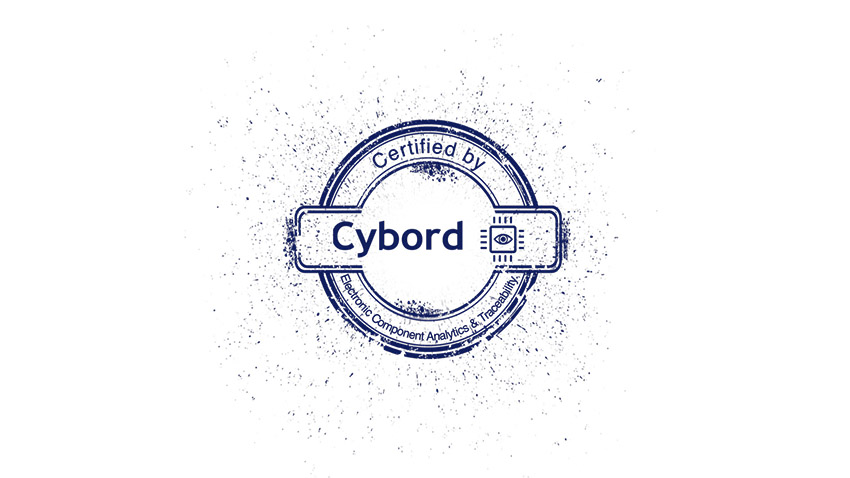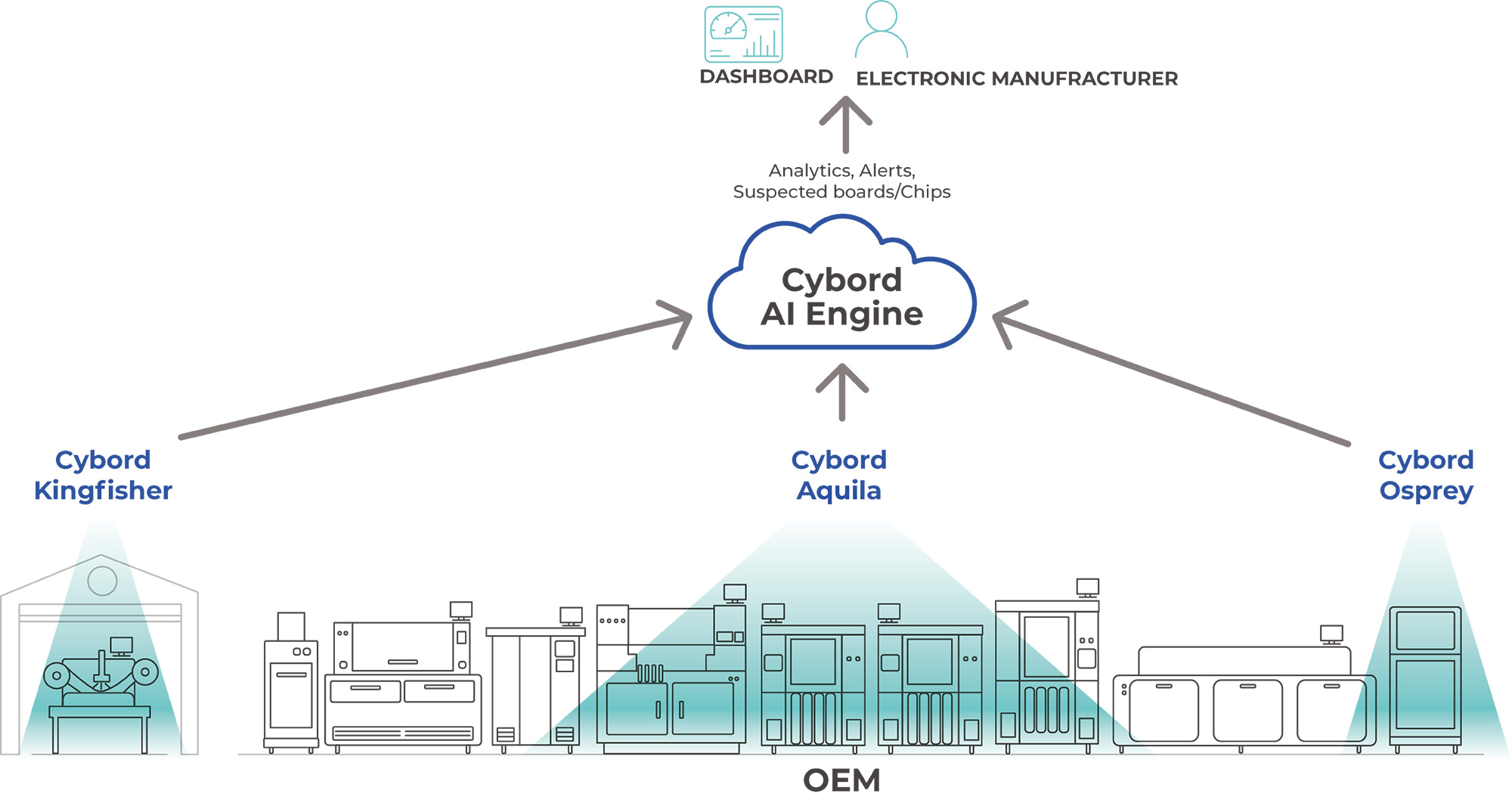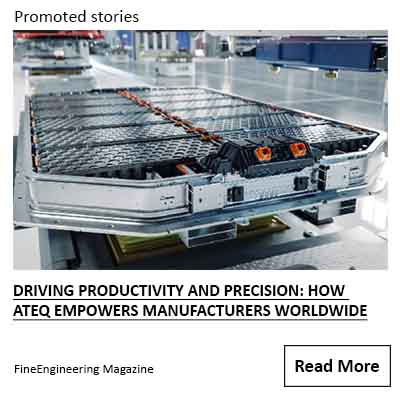The Cybord inline visual-AI platform provides a better and more comprehensive view of the production lines. It ensures the assembled electronic components’ authenticity and quality, and provides the highest level of traceability.
Interview with Asaf Jivilik, VP of Marketing at Cybord AI.
Easy Engineering: How was 2022 for your business, a short summary?
Asaf Jivilik: It is hard to overstate the importance of 2022 for Cybord. We launched our platform for component analysis solutions and traceability. We came out of stealth mode and inspected around three billion parts for our OEM customers. The year started with a successful funding round, allowing us to push on with our plans and develop our solution.
The market also had an interesting year that started with the worst supply chain crisis we’ve seen for decades. This shortage of components pushed purchasers towards the grey market, exposing them to greater risk and increasing the importance of a zero-trust supply chain that does not recognize parts as valid until they are inspected in the factory.
And while our solution is equally important when the supply chain is not disrupted, thanks to its surgical traceability, these supply chain challenges brought the need into sharper focus. All in all, it feels like 2022 confirmed we were in sync with the market and had a product that added real value.
E.E: What products/services did you launch this year?
A.J: Our solution is software only it uses hardware already on the line to source images of the parts being used from the top and the bottom. Those images are analyzed by our AI software using the billions in our database, allowing us to detect if a part is fake, damaged, corroded, poorly stored, miss-marked, or any other anomaly. Even when the part is perfect, we are recording where every part is placed and into which PCBA or product it ends up. This level of surgical traceability allows us to improve line performance and massively reduce the potential for recalls. Recently car makers recalled 500,000 vehicles because of suspect parts. We estimate that if our system had been deployed, that could have been as low as 5,000. That is a 100x improvement saving money and embarrassment to the brand.
Our system can inspect at incoming goods in on a reel-to-reel system, called Kingfisher, on the placement machine, called Aquila, and on the AOI system, called Osprey.

E.E: How did the market change, compared to previous years?
A.J: Supply chains are easing, but problems still exist. What is important is that this crisis taught the industry the value of zero-trust supply chain thinking and of 100% inspection. Prior to our solution 100% inspection was close to impossible. Now it is available to every OEM or EMS company. It gives the OEM peace of mind and the EMS inline alerts for bad components and surgical traceability if something goes wrong as well as real productivity improvement.
For many being able to buy from the grey market and validate the parts when they arrive could be the difference between shipping a product or having it in work-in-progress for months as they wait for a single part.
E.E: Tell us about product innovation and how will it impact the future?
A.J: We really expect this solution to become the norm in the future, eradicating risk from the supply chain and substantially reducing the cost of bad parts in the manufacturing process and beyond. We’ve been able to do this because of advances in artificial intelligence and big data manipulation.
E.E: What is the outlook for 2023?
A.J: Predicting the future is always difficult, especially because, recently, we’ve been hit with one disruption after another. Geopolitics is increasingly important in the industry as companies look to reduce their exposure to single geographies like China. I expect to see more of this in 2023. The elephant in the room is the economy; this is a tricky subject for the electronics industry. Yes, demand is likely to soften in some sectors, particularly consumer products, but we are seeing counter indicators and increasing use of electronics in Automotive and IoT applications market.
For Cybord, 2023 looks exciting. More and more OEMs see that value is what we are able to do, and because we are a SaaS solution that does not require investment in equipment, it is very simple to onboard OEMs and their EMS suppliers and shows an immediate return on investment.
In many ways, electronic manufacturing is a robust industry. It has so much more to offer in terms of products and solutions that positively impact the planet and the lives of those that live on it.




